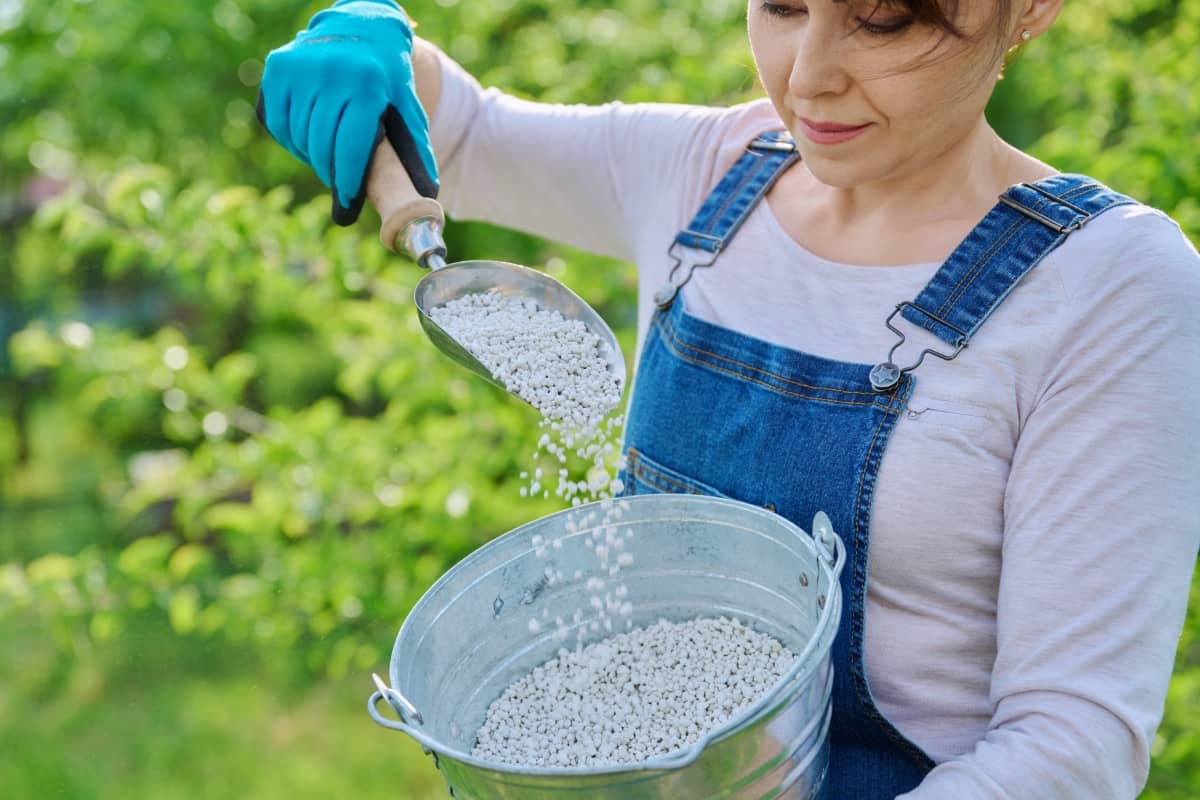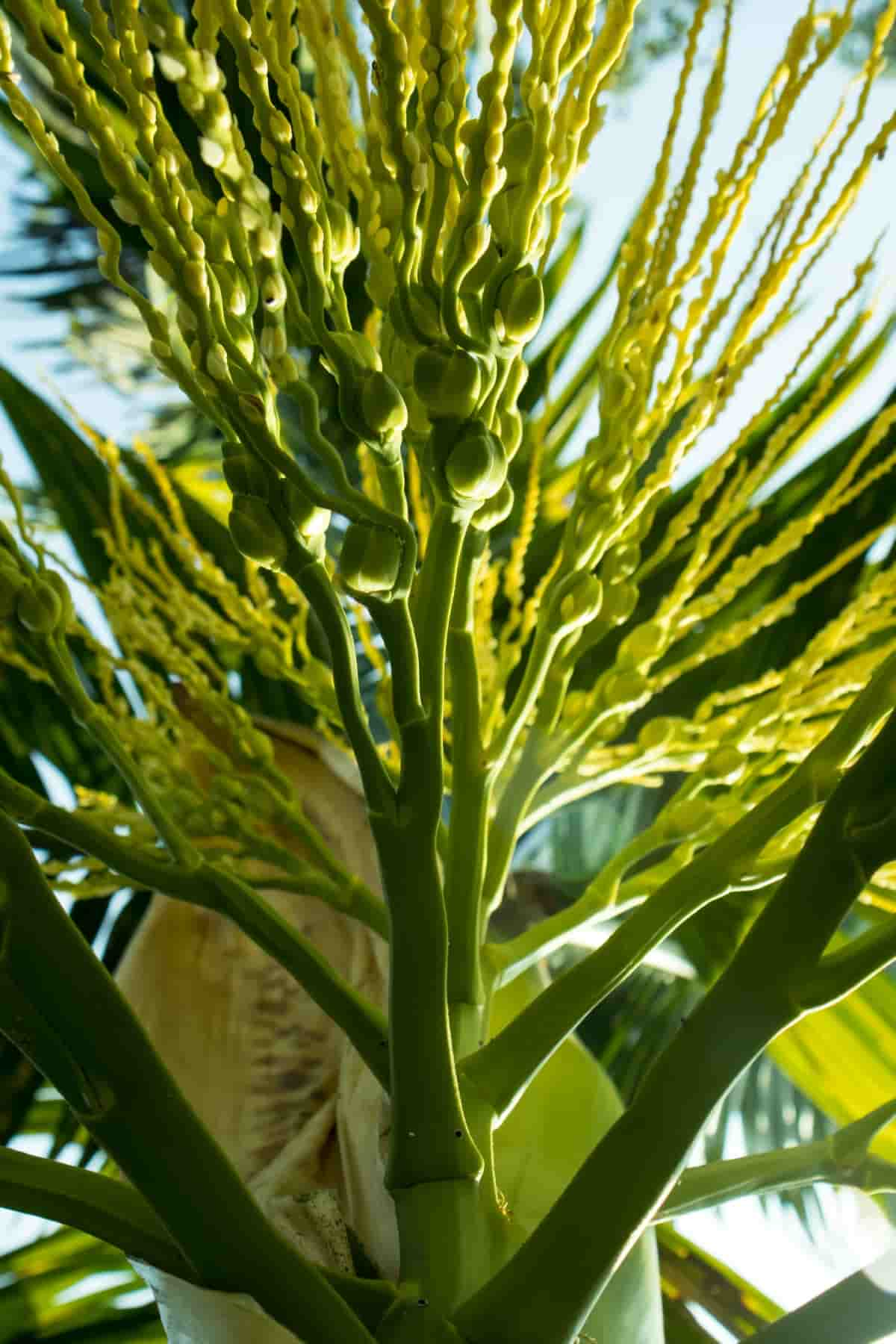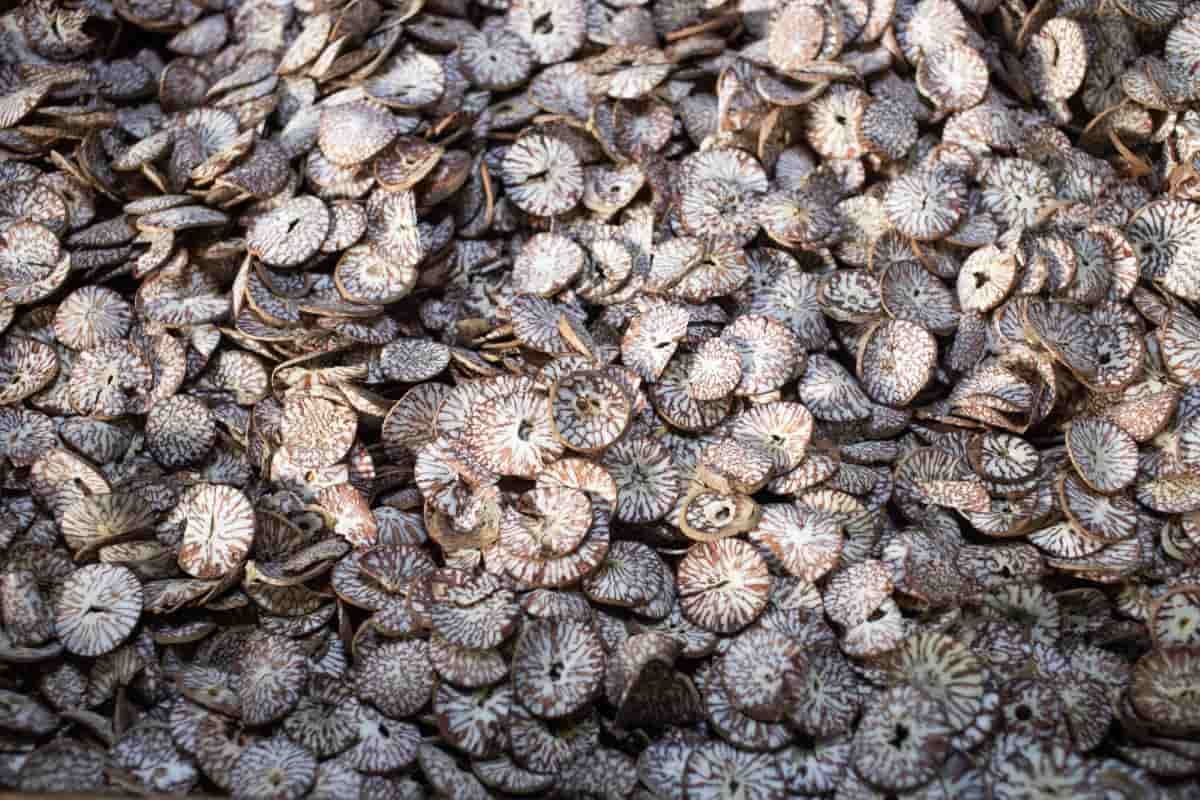Areca nut, also called betel nut, is a fascinating fruit that holds great cultural and economic significance in many tropical regions. Derived from the Areca palm (Areca catechu), this nut can be found abundantly in areas such as the Pacific, South Asia, and Eastern Africa. Proper fertilizer management is crucial for the healthy growth and development of the Arecanut crop.
Importance and Economic Significance
This palm tree fruit has been cultivated for centuries and plays a vital role in various cultural traditions. From an economic perspective, Arecanut farming provides livelihood opportunities for many farmers. In countries like India and Indonesia, Arecanut production contributes significantly to agricultural GDP. Apart from its economic value, Arecanut holds immense cultural importance. It is widely used in religious ceremonies, social gatherings, and traditional events across different communities.

Fertilizer Management of Arecanut
Understanding Arecanut Nutrient Requirements
Macronutrients and Micronutrients
Arecanut requires a balanced supply of both macronutrients and micronutrients. Macronutrients like nitrogen (N), phosphorus (P), and potassium (K) are required in larger quantities compared to micronutrients. Nitrogen is essential for promoting leafy growth and enhancing photosynthesis. Phosphorus is necessary for root development, flower formation, and fruit set. Potassium helps regulate water uptake, improving disease resistance and enhancing overall plant vigor.
In addition to macronutrients, Arecanuts also require various micronutrients like zinc (Zn), manganese (Mn), iron (Fe), copper (Cu), boron (B), molybdenum (Mo), etc., although in smaller quantities. These trace elements play critical roles in enzymatic activities, hormone synthesis, cell division, and nutrient transportation within the plant.
Nutrient Uptake Patterns in Different Growth Stages
During the early growth stage, when the plant is establishing its root system, it primarily takes up phosphorus (P) and potassium (K). As the plant enters the vegetative stage, nitrogen (N) becomes more important. This nutrient is responsible for promoting leaf and shoot growth. The demand for N increases as the canopy expands, so regular applications of N fertilizers should be made to meet this requirement.
During flowering and fruiting stages, micronutrients such as zinc (Zn), manganese (Mn), iron (Fe), and copper (Cu) become critical. These micronutrients play a key role in flower bud formation, pollination, fruit set, and proper nut development.
Soil Analysis and Fertility Assessment
Importance of Soil Testing
Soil testing is an important tool that provides essential information about the composition and health of your soil, helping you make informed decisions regarding fertilization. By conducting regular soil analysis, you can determine the pH level, organic matter content, nutrient availability, and other factors that influence plant growth. By analyzing your soil’s fertility profile, you can adjust your fertilizer program accordingly to ensure optimal growth and productivity.
Interpreting Soil Test Results
Soil testing involves analyzing samples from different areas of your land to determine their nutrient content. The key aspect of interpreting soil test results is understanding the recommended nutrient levels for Arecanut crops. These guidelines change based on factors such as soil type, climate, and plant growth stage. By comparing your soil’s nutrient levels with these recommendations, you can determine if any adjustments need to be made.
Selecting the Right Fertilizers
Types of Fertilizers (Organic and Inorganic)
Organic fertilizers are natural sources such as compost, manure, or plant residues. They improve its overall structure. Organic fertilizers also promote beneficial microbial activity in the soil, which enhances nutrient availability for the plants. On the other hand, inorganic fertilizers are chemically synthesized compounds that contain specific ratios of essential nutrients. Inorganic fertilizers also have a longer shelf life compared to organic options.
NPK Ratio and Application Rates
A balanced NPK ratio for Arecanuts, like 14-7-17 or 16-8-24, is often recommended. To calculate the correct nutrient application rate for your Arecanut plantation, consider conducting soil tests regularly. These tests provide valuable insights into the existing soil nutrient levels and help determine how much fertilizer you need to apply.
In case you missed it: Best Fertilizer for Coconut Trees: Application Guidelines for Coconut Palm

Fertilizer Application Techniques
Pre-Planting Fertilization
Pre-planting fertilization plays a crucial role in establishing healthy and vigorous Arecanut plants. Before applying fertilizers during the pre-planting of Arecanuts, it is important to consider soil analysis results. Typically, organic amendments such as compost or well-decomposed farmyard manure are recommended for pre-planting fertilization. These help improve soil fertility while slowly releasing nutrients over time.
Split Application during Growth Phases
By splitting the fertilizer application, you ensure that the Arecanut plant receives a steady supply of nutrients throughout its development, maximizing its potential for healthy growth and high yields. During the early vegetative phase, for example, nitrogen (N) is crucial for promoting leaf production and canopy development. As the crop progresses into flowering and fruiting stages, phosphorus (P) becomes more important as it aids in flower formation and fruit setting. Potassium (K), on the other hand, plays a vital role in improving the quality and size of fruits.
Fertilizer Scheduling
Seasonal Application Timing
During the pre-planning phase, it is crucial to prepare the soil by including organic matter and applying basal fertilizers. It is also important to consider seasonal variations in rainfall patterns when scheduling fertilizer applications. During dry seasons or prolonged droughts, additional irrigation may be required to supplement nutrient availability in the soil.
Foliar Feeding and Nutrient Mobility
Nutrient mobility refers to how easily a particular nutrient can move within the plant. Certain micronutrients like zinc and iron have limited mobility within the plant. Foliar feeding allows us to supplement these immobile nutrients directly onto the leaves, ensuring that they reach their target areas effectively.
Nutrient Management Practices
Nutrient Deficiency Symptoms and Correcting Nutrient Imbalances
One common nutrient imbalance in Arecanut cultivation is nitrogen deficiency. This can affect stunted growth and yellowing of leaves. To correct this imbalance, applying a nitrogen-rich fertilizer like urea can help provide the necessary nutrients for proper growth. Another common issue is phosphorus deficiency, which can result in poor root development and reduced fruit yield. Adding phosphorus-based fertilizers like triple superphosphate or rock phosphate can address this problem effectively.
Potassium deficiency is also a concern in Arecanut farming, leading to lower resistance against diseases and pests. Applying potassium-rich fertilizers such as muriate of potash or potassium nitrate can help restore the balance. In addition to these macronutrients, micronutrient deficiencies should also be addressed promptly. These include iron, zinc, manganese, copper, and boron deficiencies that can cause leaf discoloration and reduced productivity. Using appropriate foliar sprays or incorporating micronutrient-enriched fertilizers into the soil can rectify these imbalances effectively.
Organic Fertilizer and Compost Integration
Benefits of Organic Amendments
Organic fertilizers improve soil structure by enhancing its ability to hold water and nutrients. This leads to better root development and overall plant growth. Additionally, the increased microbial soil activity resulting from organic amendments helps break down organic matter into simpler forms that the Arecanut plants can readily absorb.
Composting Techniques for Arecanut Plantations
Composting is a valuable technique in the management of Arecanut plantations. One popular composting method is windrow composting, where organic materials like farmyard manure and green leafy matter are piled up into long rows or windrows. This process promotes the breakdown of organic matter by microorganisms, resulting in nutrient-rich compost.
In case you missed it: The Importance of Soil and Fertilizer in Balcony Vegetable Gardening

Another effective technique is vermicomposting, which involves using earthworms to decompose organic waste materials. The worms consume organic matter and excrete nutrient-rich castings that can be used as an excellent fertilizer for Arecanut plantations.
Fertilizer Storage and Handling
Proper Storage Methods
- Store in a cool, dry place: Fertilizers should be kept away from moisture and extreme temperatures. Exposure to heat or humidity can cause clumping or degradation of the product.
- Secure containers: Ensure that fertilizer bags or containers are sealed tightly to prevent leakage or spills. This will help maintain the quality and efficacy of the fertilizer.
- Separate from other chemicals: It’s important to store fertilizers separately from pesticides, herbicides, and other chemicals. Mixing different types of chemicals can lead to dangerous reactions or contamination.
Safety Precautions
- Use protective gear: Always wear personal protective equipment (PPE) such as gloves, goggles, and masks when handling fertilizers. This will help prevent direct contact with chemicals and ensure your safety.
- Follow instructions: Follow the instructions carefully provided by the manufacturer on how to handle, store, and apply fertilizers safely. Different types of fertilizers may have specific guidelines that you need to adhere to for safe usage.
- Follow manufacturer guidelines: Different types of fertilizers may have specific storage requirements outlined by the manufacturer. It is important to follow these guidelines for optimal storage conditions.
In case you missed it: Best Fertilizer for Plumeria: Organic, Natural, Homemade, NPK Ratio, When and How to Apply

Conclusion
Understanding how to manage fertilizers for your Arecanut plantation properly is crucial for achieving optimal growth and yield. Proper fertilizer management ensures that the Arecanut trees receive essential nutrients for healthy development. This leads to improved nutrient uptake, resulting in higher yields and better-quality nuts.
- How to Grow Hibiscus from Flower
- Plantation Ideas for Home Decoration: A Beginners Guide
- Flower Garden Designs and Layouts for Beginners
- Planting and Spacing Techniques in Papaya: A Beginner’s Guide
- Growing Gold: Essential Techniques for Planting Pineapples
- How to Make Kalanchoe Plant Bushy: Home Remedies and Solutions
- 11 Reasons Why Your Gardenia is Not Blooming: Home Remedies and Solutions
- Eco Elegance: The Guide to Designing a Drought-Tolerant Landscape
- Gardening on a Slope: Strategies for Hillside Landscaping